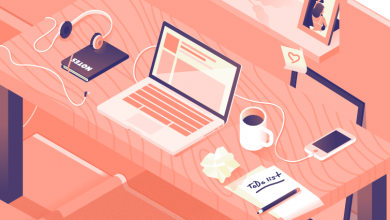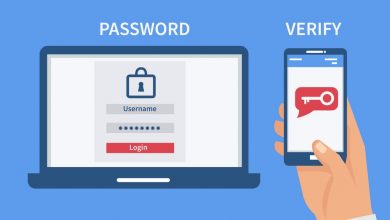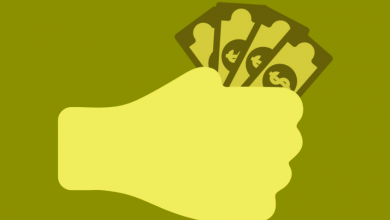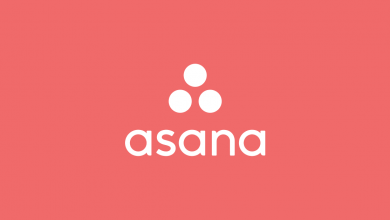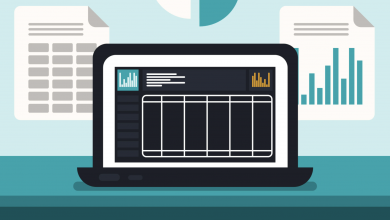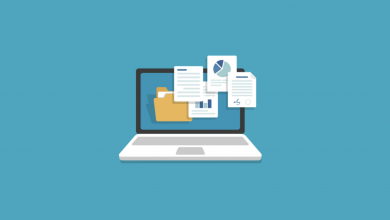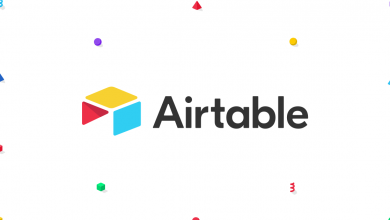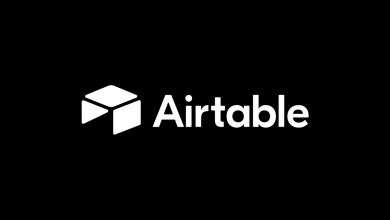How to Start a Trello Bullet Journal in Minutes
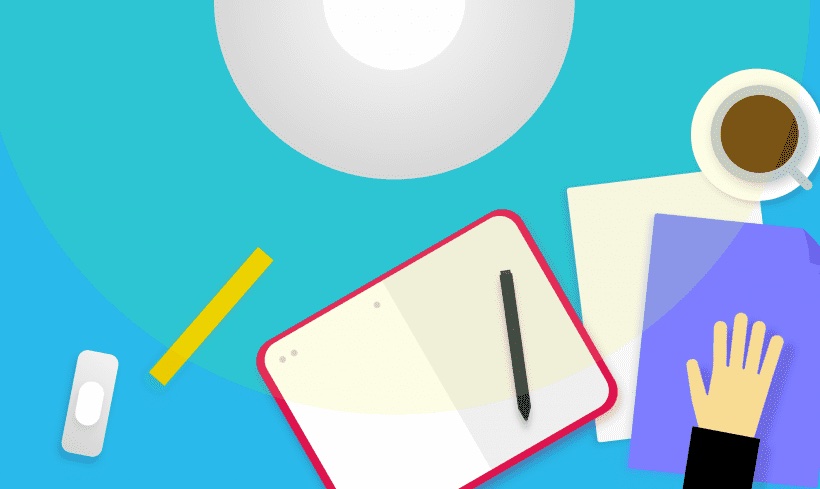
Through templatization and automation, you can create a bullet journal in Trello that’ll do all the heavy lifting for you. The workflow is quite simple: You create an outline of the information you want to fill in daily, then you create a new card daily and file it accordingly. No two people are the same, and we have unique ways of doing things, so the look and feel is customizable and can be tweaked to suit your needs. We’ll just show you the basics of how to create a Trello bullet journal that can be taken anywhere — at home on a computer or on the move on a smartphone or tablet.
The first thing you’re going to want to do is create a new board for your bullet journal. Think about the format here; the columns you want to use. I personally prefer to have to just two: In Progress and Archive. When I’m working on an entry, I leave it in the first column, before moving it over to the second at the end of the day when I’ve made my last tweaks. Of course, whatever you decide now isn’t set in stone. The beauty of Trello is that you can continue to tweak things and evolve your workflow over time, so if you want an extra column or two, you can always add them later.
Got your layout sorted? Now you’re going to want to add a card. Title it ‘Journal Entry’. You’re going to want to fill this card with all the sections you want to be present in your Trello bullet journal. As this is what will appear whenever you want to make a new entry. You can include checklist, buttons, and any other Trello feature you’d usually take advantage of. Remember: This is intended to be a skeleton of the sections you want to fill in each day. This isn’t an entry. When you’re all sorted, you’re going to want to select ‘Make Template’ from the sidebar in the card.
Once you’ve created your template, the next thing you’ll want to do is take it for a spin. Next to where it says Add Card at the bottom of the first column, you’ll see a small template icon. Select this, then choose the template you created. Give the new card a unique name, like today’s date. You’re then free to start filling it in as you would. Consider this a page in your journal. Whatever you decide to do with it next is up to you. As I said before, I keep the card in the In Progress all day, then move it over to Archive when I’m done for the day, so I can review it later.
The main benefit of starting a Trello bullet journal is that it lets you keep all of your work in one place. You don’t have to juggle multiple applications. If you’re using Trello for work, because your employer uses it, you can create your own Workspace within it to store your own notes so you aren’t juggling multiple different services — or you could always consider taking Notion, which was created to be the ultimate productivity tool, bringing notes, databases, kanban boards, calendars and reminders, all under one roof, for a spin.
